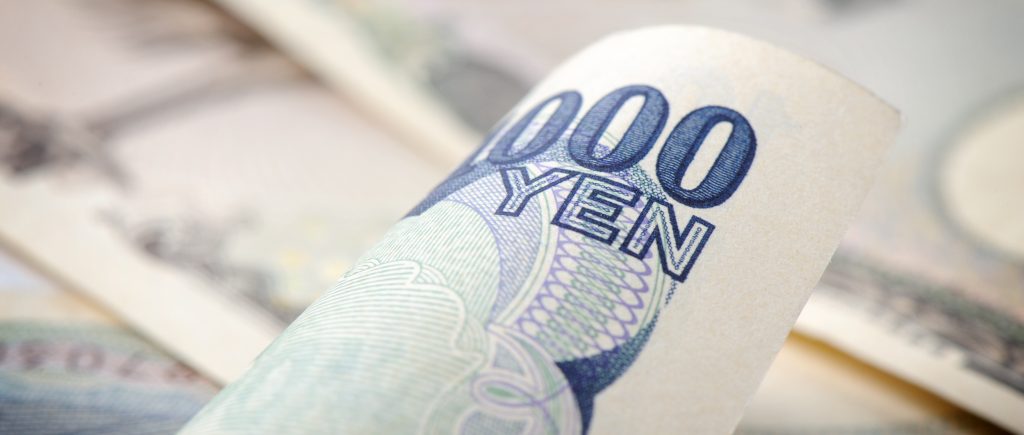Yen Faces Downward Pressure: The Japanese yen has faced significant pressure since the release of Japan’s inflation data on July 10, 2025. The USD/JPY pair climbed to 146.21, slightly below the previous day’s close of 146.30, with intraday trading ranging from a low of 145.75 to a high of 146.78. This volatility reflects broader market concerns about Japan’s economic outlook and external trade uncertainties.
Weak Inflation Data Signals Caution
Japan’s Producer Price Index (PPI) dropped to 2.9% year-on-year in June 2025, down from 3.3% in May, marking its lowest level in ten months. This decline, aligning with market expectations, suggests weakening inflationary pressures. As a result, the Bank of Japan may hesitate to raise interest rates in the near term, potentially prolonging the yen’s vulnerability. Lower inflation tends to reduce the likelihood of monetary tightening, which can weaken a currency relative to others.
Trump’s Tariff Policies Stir Markets
Recent U.S. tariff announcements have added to the yen’s challenges. On July 10, 2025, President Donald Trump outlined plans to impose a 50% tariff on imports from Japan, South Korea, and Brazil, effective August 1, unless trade agreements are reached. Additionally, new tariffs of 30% were introduced on Algeria, Libya, and Iraq, alongside a 50% levy on copper imports. Trump also threatened a 10% tariff on countries aligning with BRICS, citing concerns over their “anti-American” policies. These measures, aimed at addressing perceived trade imbalances, have heightened global market uncertainty.
Why It Matters
Yen Weakness: Persistent low inflation and potential delays in rate hikes by the Bank of Japan tend to weaken the yen, impacting its global purchasing power.
Trade Disruptions: U.S. tariffs on Japanese exports could raise costs for Japanese firms, potentially slowing economic growth and affecting trade balances.
Global Market Impact: Tariff threats on multiple nations, including BRICS members, may disrupt global supply chains, increasing costs for consumers and businesses.
Geopolitical Tensions: The targeting of BRICS countries could escalate trade disputes, affecting diplomatic relations and global economic stability.
Risks and Opportunities
While Trump’s tariffs aim to bolster U.S. manufacturing, they risk raising costs for American consumers and disrupting global trade. For Japan, the threat of a 50% tariff could pressure policymakers to negotiate swiftly, though concessions may compromise economic autonomy. Critics argue that such aggressive trade policies could fuel inflation and strain international relations, yet supporters see them as a tool to correct trade deficits. Japan’s central bank may need to monitor these developments closely, balancing domestic economic signals with global trade dynamics.
The yen’s trajectory hinges on Japan’s inflation trends and the outcome of U.S. trade negotiations. Policymakers may need to explore diplomatic channels to mitigate tariff impacts while addressing domestic economic challenges. The broader implications of Trump’s trade policies could reshape global markets, urging stakeholders to prioritize stability and cooperation to navigate this period of uncertainty.

 Noor Trends News, Technical Analysis, Educational Tools and Recommendations
Noor Trends News, Technical Analysis, Educational Tools and Recommendations




